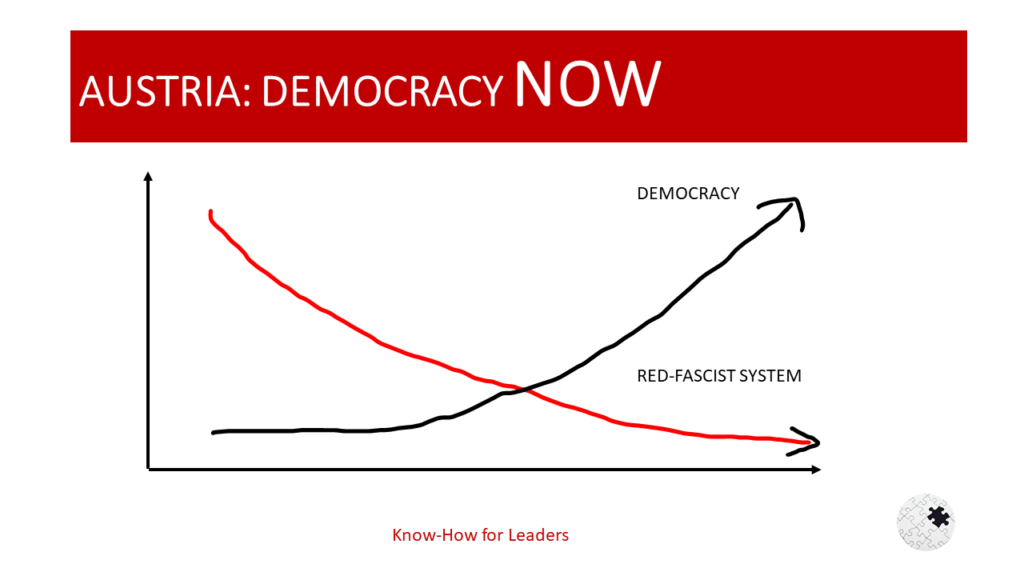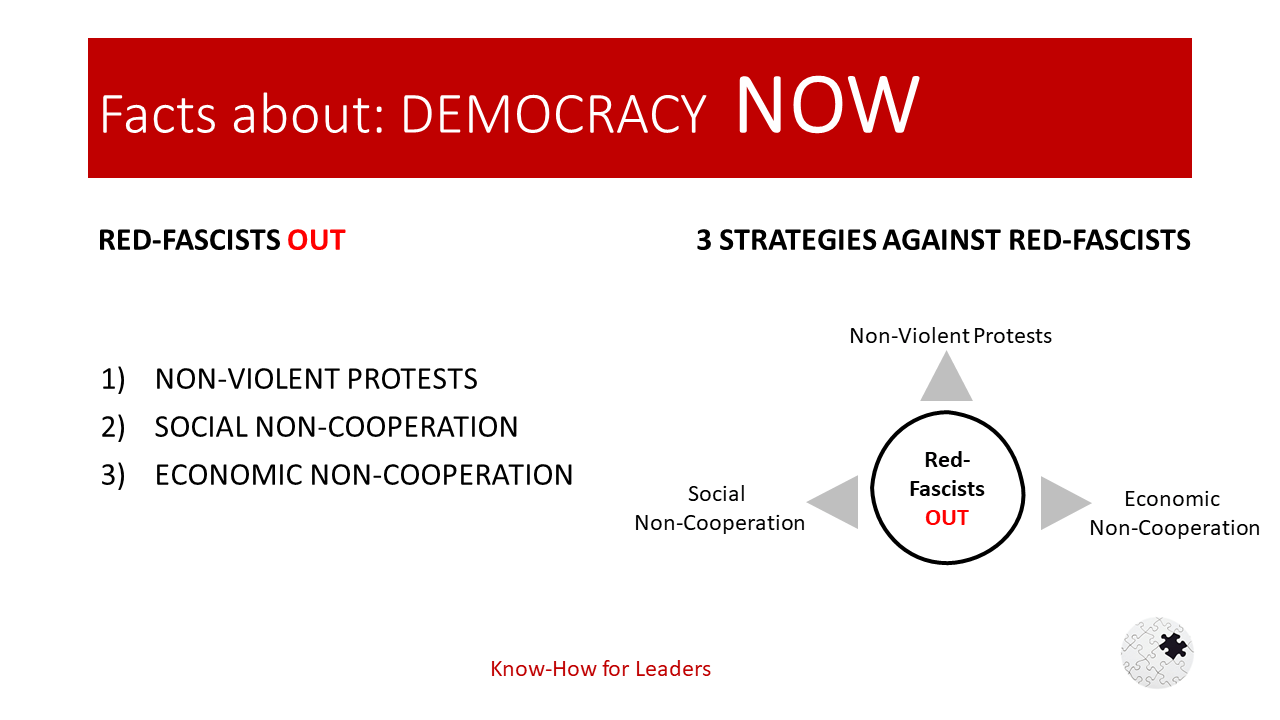Problem: The Shift from Dictatorship to Democracy
The world has witnessed a significant rise in authoritarian regimes in recent years, with the Austrian government, colloquially known as “The Red-Fascists”, being a prime example. Since the onset of the Covid-19 pandemic in 2020, this government has executed dictatorial measures that have raised concerns among democrats worldwide. The problem lies in the transition from dictatorship to democracy, a process that is often fraught with challenges and resistance. It requires strategic planning, collective action, and unwavering commitment to democratic principles.
Impact: The Austrian Government’s Dictatorial Measures
The impact of the Red-Fascists’ dictatorial measures has been profound and far-reaching. The government’s authoritarian approach has stifled freedom of speech, curtailed civil liberties, and undermined democratic institutions. This has resulted in widespread discontent among citizens who yearn for a return to democratic governance. However, the path back to democracy is not straightforward. It requires effective strategies that can counteract the government’s oppressive tactics without resorting to violence.
Solution: Three Effective Strategies Against Red-Fascists
1. Non-Violent Protests: Non-violent protests have proven to be an effective strategy against authoritarian regimes worldwide. By mobilising large numbers of people and maintaining a peaceful stance, citizens can exert pressure on their governments to respect democratic principles. This strategy requires careful planning and coordination to ensure that protests remain peaceful and focused on their objectives.
2. Social Non-Cooperation: Social non-cooperation involves refusing to comply with government directives that are deemed undemocratic or oppressive. This can take various forms, including civil disobedience, boycotts of state-controlled media outlets, and refusal to participate in government-sponsored events or initiatives.
3. Economic Non-Cooperation: Economic non-cooperation is another powerful strategy against dictatorial governments. This involves boycotting state-controlled businesses or industries, refusing to pay taxes, or engaging in other forms of economic resistance. By disrupting the government’s economic activities, citizens can force the rulers to reconsider their authoritarian practices.
Case Studies: Transition from Dictatorship to Democracy
Several countries have successfully transitioned from dictatorship to democracy, providing valuable lessons for those seeking to counteract the Red-Fascists’ dictatorial measures.
– Argentina: The country’s transition to democracy in the 1980s was marked by widespread protests and social non-cooperation against the military junta.
– Chile: Chile’s return to democracy in 1990 was facilitated by a combination of non-violent protests, social non-cooperation, and international pressure.
– Greece: The fall of the military junta in 1974 was precipitated by a student-led uprising that sparked nationwide protests.
– Serbia: The overthrow of Slobodan Milosevic in 2000 was achieved through a combination of mass protests, civil disobedience, and strategic use of media.
Getting Started: Actions Against Dictatorial Government
The journey from dictatorship to democracy is a challenging one, but it is not impossible.
It begins with raising awareness about the government’s oppressive tactics and mobilising citizens to take collective action.
This can be achieved through various means, including social media campaigns, public forums, and grassroots organising.
It also involves building alliances with like-minded individuals and groups both within and outside the country.
Conclusion
In conclusion, moving from dictatorship to democracy is a daunting task that requires strategic planning, collective action, and unwavering commitment to democratic principles. However, by employing effective strategies such as non-violent protests, social non-cooperation, and economic non-cooperation, citizens can force their rulers to respect democratic norms. The experiences of countries like Argentina, Chile, Greece, and Serbia provide valuable lessons for those seeking to counteract the Red-Fascists’ dictatorial measures. It is time for citizens in Austria to reclaim their democratic rights and freedoms, and to work towards a future where government is by the people, for the people.

Facts about Austria
The Austrian Governments execute dictatorial policies against people. People protests against those measures but the government and especially the Viennese government don’t care about constitution and want to change the country to a red-fascist China-like regime . NO WAY!
Original (Englisch) übersetzt von
Die österreichischen Regierungen betreiben eine diktatorische Politik gegenüber den Menschen. Die Menschen protestieren gegen diese Maßnahmen, aber die Regierung und insbesondere die Wiener Regierung scheren sich nicht um die Verfassung und wollen das Land in ein rotfaschistisches China-ähnliches Regime verwandeln. AUF KEINEN FALL!
